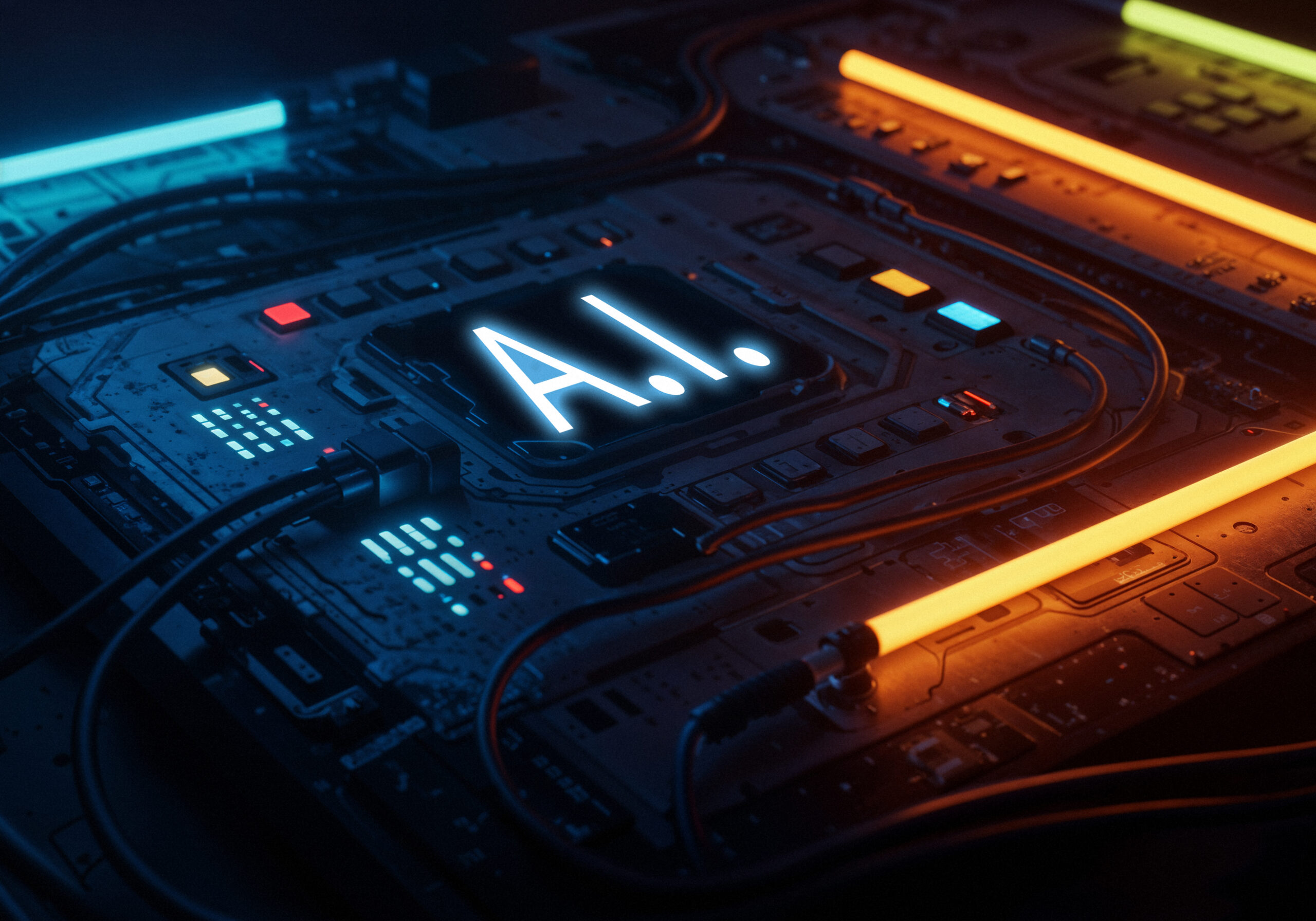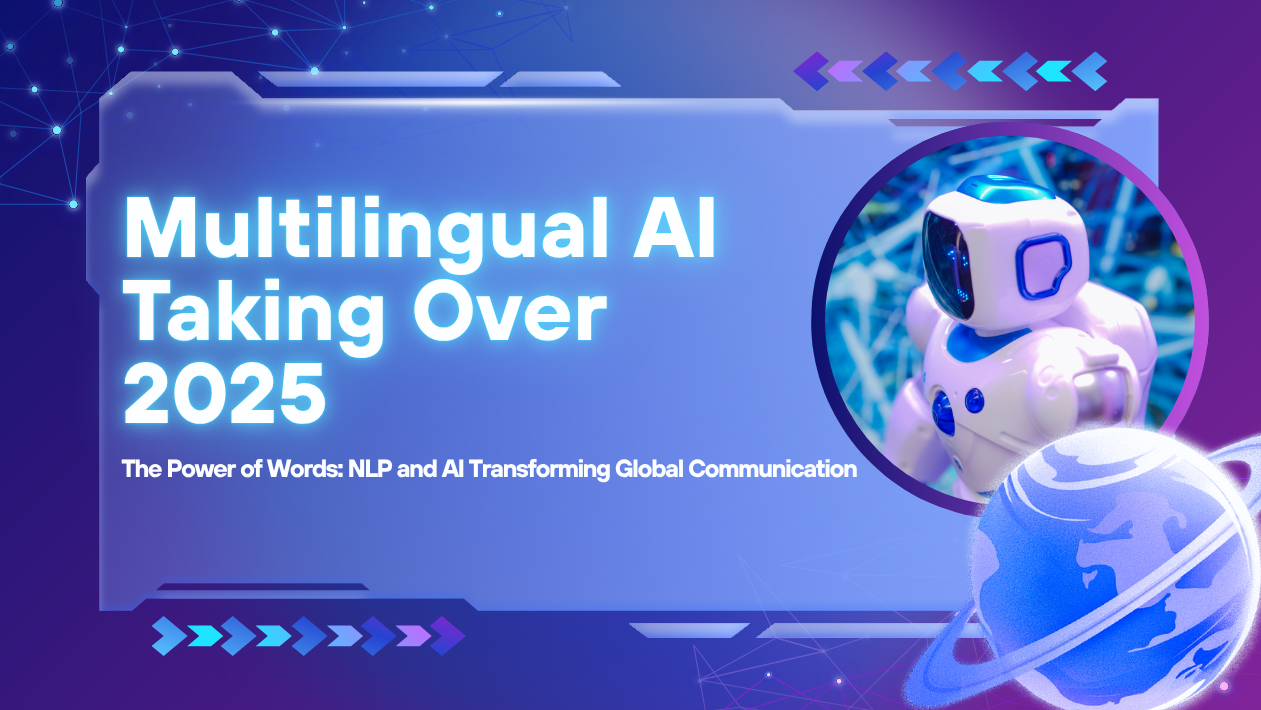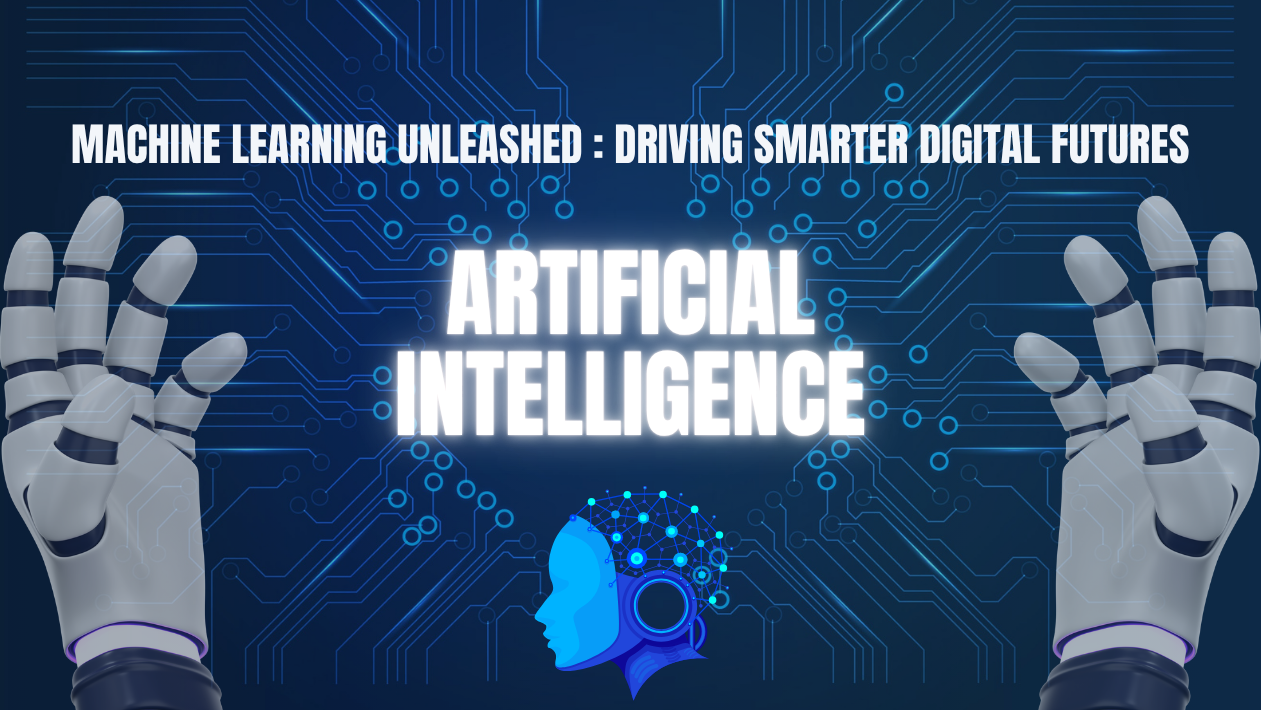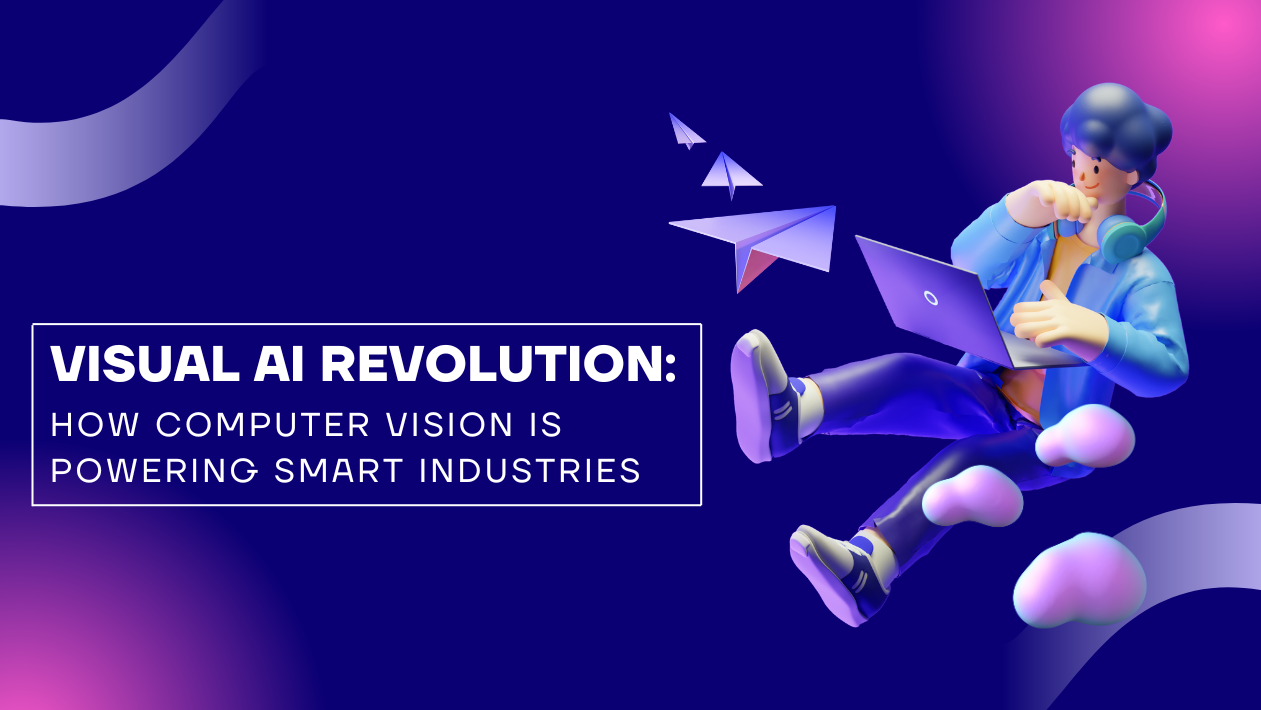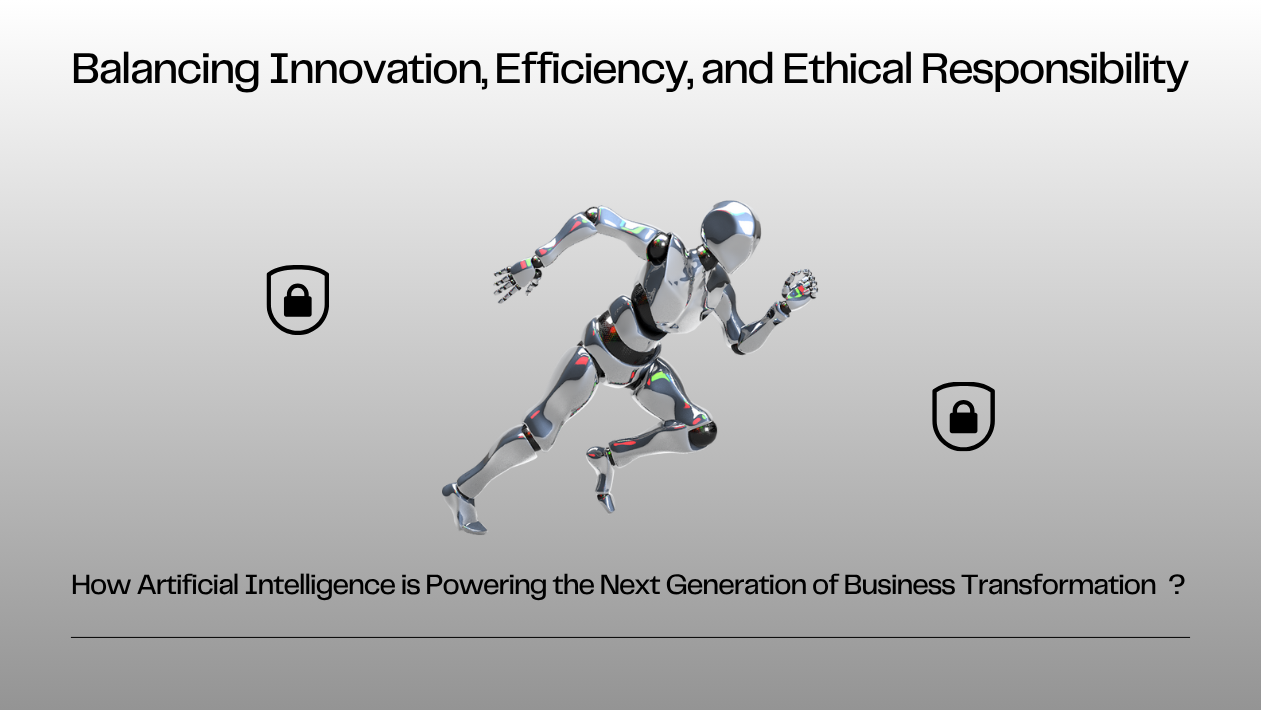The machine learning (ML) landscape in 2025 is marked by rapid advancements, with foundation models, edge deployment, and automated ML (AutoML) pushing boundaries across industries. As organizations seek scalable, intelligent solutions, ML is playing a central role in transforming everything from healthcare and finance to transportation and retail.
Foundation Models Go Industry-Specific
Following the rise of general-purpose AI models, the trend in 2025 is toward domain-specialized foundation models. These large-scale models are trained on curated industry datasets—such as clinical records for healthcare, legal documents for law, and financial statements for banking—enabling highly accurate, context-aware applications.
Companies are customizing models using fine-tuning and Retrieval-Augmented Generation (RAG), ensuring data privacy while maintaining high performance.
Edge ML Gains Momentum
Machine learning is increasingly moving from the cloud to the edge, enabling real-time inference on devices like smartphones, wearables, drones, and industrial sensors. This shift reduces latency, enhances data security, and supports offline functionality—critical for remote monitoring, autonomous systems, and AR/VR.
Tech leaders such as NVIDIA, Qualcomm, and Apple are pioneering ultra-efficient chips optimized for on-device training and inference.
AutoML Democratizes Model Development
AutoML tools are making machine learning accessible to non-experts by automating model selection, hyperparameter tuning, and feature engineering. Platforms like Google AutoML, DataRobot, and AWS SageMaker Autopilot are empowering business analysts and product teams to deploy powerful models without deep coding knowledge.
This acceleration is reducing time-to-market and allowing organizations to experiment with ML at scale.
ML Ops and Responsible AI Maturity
Enterprises are scaling ML safely through mature ML Ops practices, ensuring models are continuously monitored, updated, and compliant. With growing emphasis on explainability, bias mitigation, and model governance, Responsible AI has become a board-level concern.
Tools like Weights & Biases, Arize AI, and Truera are helping teams ensure that ML deployments remain transparent and fair over time.
Synthetic Data Powers Training and Privacy
To address data scarcity and privacy regulations, companies are leveraging synthetic data to train models. Startups in healthcare, automotive, and finance are using generative techniques to simulate realistic datasets that preserve patterns without exposing sensitive information.
Real-World Applications Expand
- Retail: Dynamic pricing and customer behavior prediction
- Healthcare: Early disease detection through imaging and genomics
- Finance: Fraud detection and algorithmic trading
- Manufacturing: Predictive maintenance and process optimization
- Logistics: Route optimization and demand forecasting
Outlook: Towards Generalizable and Energy-Efficient ML
As ML models become larger and more capable, the focus is shifting to efficiency and generalizability. Techniques like model compression, zero-shot learning, and transfer learning are key to building adaptable systems that work across tasks, languages, and domains—without retraining from scratch.

